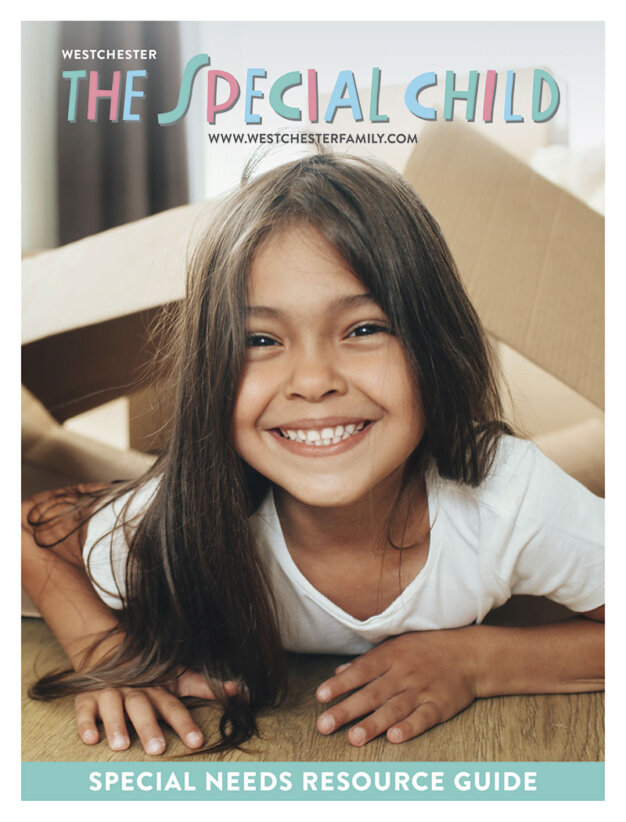Who could have predicted that a food label would proudly state, “made with real sugar”? Yes, fears of high fructose corn syrup (HFCS) have increased the popularity of plain old sugar. While HFCS consumption has gone down in the past decade, sugar intake has increased. The average American ingests over 40 teaspoons of added sugar per day, according to the U.S. Department of Agriculture, which also recommends keeping this figure under 10 teaspoons per day.
Mother and author Eve Schaub decided, “something’s really wrong” and took signs like these as a warning and the start of a year-long project, captured in her forthcoming memoir, Year of No Sugar (Sourcebooks, April 2014).
Let’s Test It
It all began one day when her husband Stephen Schaub happened upon the YouTube video, “Sugar — the Bitter Truth.” In it, Robert Lustig, M.D., makes a case for describing sugar — specifically extracted fructose — as a poison. Intrigued, Steve called his wife over to listen. Eve had been interested in food and nutrition for a long time. After seeing the video, Eve couldn’t stop thinking about it. She wanted to do something. What if she could get her whole family to avoid added sugar for a meaningful time and then write about it? Imagine a year with no added sugar. Steve considered, and expressed his full support. After all, if it was so important to her, one year did not seem unreasonable, especially in the name of health.
Next to convince were their kids, two daughters, ages 5 and 10. Greta and Ilsa did not take it well when the idea was first introduced on a car ride back from White Plains, where they had been visiting Eve’s mom. “It took moments for them to figure out this was a terrible thing,” recalls Eve. They immediately started wailing with concerns about Christmas, Halloween and birthdays. For Eve, it was important that the girls be part of the experiment, because they were so connected as a family. Eve wanted their feedback; a deal was made. Greta even agreed to keep a journal (excerpts included in the book), which became an outlet for both positive feelings and frustration during her year of no sugar. Although Greta reports, “I’m not really sure I ever thought the idea was a good one,” she did get used to it after a few months. So the experiment began with the entire family avoiding added sugars. That meant no table sugar, brown sugar, powdered sugar, high fructose corn syrup, maple syrup, honey, agave, molasses, fruit juice, or artificial sweeteners. The Schaubs decided on occasion to allow the use of a small amount of dextrose (a sugar comprised of pure glucose that theoretically does not go straight to the liver) to bake a special cake or sweet at home and one or two infrequent exceptions to the rule.
Making Adjustments
The kids surprised Eve by handling the dietary restriction a lot better than the Schaub adults. Perhaps children are just more resilient, or maybe it was due to the fact that they didn’t have several decades to build up a habit (dare we say “addiction”?) for sugar. When Eve was caught by sugar-based rewards – a summer reading program that offers candy for each book read – her children were quick to come up with fun, non-sugar alternatives.
Obstacles varied, from the limit on choices when dining out to cultural norms and social pressure. And something that seems so simple – no sugar – becomes problematic when you consider all the aliases for sugar (see side bar) and all the efforts of food manufacturers to make food cheaper and more appealing through the addition of high fructose corn syrup. Steve reported, “It’s upsetting to realize you’re being undermined at every turn by our food industry and how vigilant you have to be in order to stay ahead of it.” You can find added sugar in prepared salad dressings, tomato sauce, yogurt, breads and crackers to name a few. It is critical to read food labels very carefully. Even if you are not committed to a no sugar diet start looking at the labels of every item you purchase and see just where you are getting extra sugar from — the answer may surprise you.
One difficulty Eve had not foreseen was the symbolism of food. Breaking bread together is such a big part of our culture that refusing to partake sometimes made them feel very separate. Regarding one community event, she notes, “Worse than the craving for a particular food, I felt like I’m not participating in this celebration.” But by the end of her year, she concluded — like The Grinch Who Stole Christmas — that Christmas would come, fructose or not.
Responses to her project varied, from the awkward to the encouraging to the downright discouraging. “Some people will react as if you’re committing child abuse,” reports Eve. Sugar is our symbol of reward, love, praise, friendship, goodness. Take that away, even with a logical argument about its negative side-effects, and you’re bound to be criticized.
And Now?
The Schaubs made it through their year with no sugar. What now? Eve notes, “In many ways, it was more difficult after it was over.” All of a sudden, there were no rules, so they had to decide what the new normal would be. “We are high level sugar avoiders,” says Eve. They don’t buy foods with sugar ingredients and save sugar for special occasions, but she also reports that their palates have changed over the course of the year. “Something you would have enjoyed [before the year of no sugar], you don’t anymore.” For now, the family prefers more subtle degrees of sweetness.
Both before and after the year of no sugar experiment, Eve “didn’t want to be afraid to live life and have things in moderation.” She suggests that our idea of “moderation” in current culture has been skewed. Just as our taste buds get used to sweeter foods, and our portions grow bigger, the norm is always changing.
Greta, now 12, laments some social difficulties of continuing her low sugar diet, “other people think I’m weird and don’t understand that sugar is connected to a lot of the health problems today.” Ilsa’s memory is that the year of no sugar made her healthier. “The best thing was that we didn’t get sick and we felt good,” she says.
Although personally aware that, “the food industry has a vested interest in us not knowing what sugar is doing in our bodies,” Eve does not try to push her ideas on anyone else. But she loves that people are talking about this now. “As a culture, we should be looking at it – why this is happening and what is the result.” Whether you consider sugar “empty calories,” “poison” or somewhere in between, there’s no disputing that it is ubiquitous. And anything in excess can be dangerous. Reading Year of No Sugar is an entertaining and enlightening starting point for this discussion.
Elisa Bremner, RDN, is a frequent contributor to Westchester Family.
Sugar – What Can You Do?
Want to cut back on your sugar consumption? Here are a few tips to get you started.
1. Make more food from scratch; you’re in control of the ingredients.
2. When you do use packaged food, read the Nutrition Facts Labels and, especially, the ingredients. Look for sugary surprises listed in our “Where’s the Sugar” list.
3. Volunteer to help at your child’s school celebrations, so you can have a greater say in what is served. If you can’t be there in person, a savory food or fruit platter is equally appreciated by children – they know what’s good!
4. Never use dessert as a reward for eating something healthy. It usually increases appeal of the wrong food.
5. Use and promote “activity treats” instead of candy and cookies.
6. Don’t forbid sweets, as this tactic often backfires, but make healthier options more visible and convenient in your household.
7. Make your voice heard! The federal government is currently considering changes to the Nutrition Facts label, including a sub-category for “added sugar.” Search “food labeling” at regulations.gov to post your comment.
8. Sign up to take a “Day of No Sugar” Challenge at sourcebooks.com/nosugar. Here you’ll find recipes, grocery lists and resources that can help you live sugar-free for a day.
Where’s the Sugar?
Both naturally occurring and added sugar are included in “sugars” listed on the Nutrition Facts panel. Naturally occurring sugars are found in many foods. For example, dairy products and fruit – both healthy choices – contain naturally occurring sugars. Lactose is the sugar in milk and yogurt; fructose is the sugar in fruit.
Food labels can be confusing when it comes to sugar. A food can be labeled “sugar free” or “sugarless” and still contain sugar alcohols such as xylitol, sorbitol and mannitol. And while the FDA has approved six artificial sweeteners for use in amounts typically consumed, only limited research exists concerning possible adverse effects in children. Use moderation. To limit added sugars, look for the following terms on ingredient lists. They all mean the same thing — sugar:
• Agave Nectar
• Barley Malt Syrup
• Beet Sugar
• Brown Rice Syrup
• Brown Sugar
• Cane Crystals (or, even better, “cane juice crystals”)
• Cane Sugar
• Coconut Sugar, or Coconut Palm Sugar
• Corn sweetener
• Corn syrup, or corn syrup solids
• Dehydrated Cane Juice
• Dextrin
• Dextrose
• Evaporated Cane Juice
• Fructose
• Fruit juice concentrate
• Glucose
• High fructose corn syrup
• Honey
• Invert sugar
• Maltodextrin
• Malt syrup
• Maltose
• Maple syrup
• Molasses
• Palm Sugar
• Raw sugar
• Rice Syrup
• Saccharose
• Sorghum or sorghum syrup
• Sucrose
• Syrup
• Treacle
• Turbinado Sugar
• Xylose







